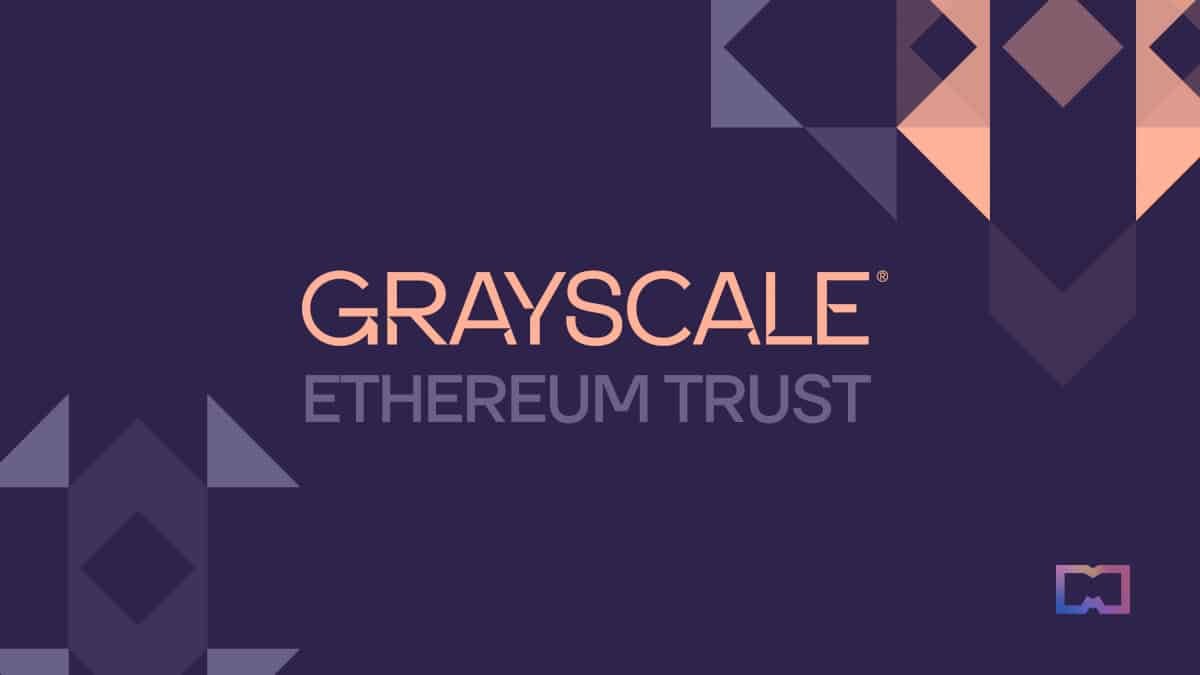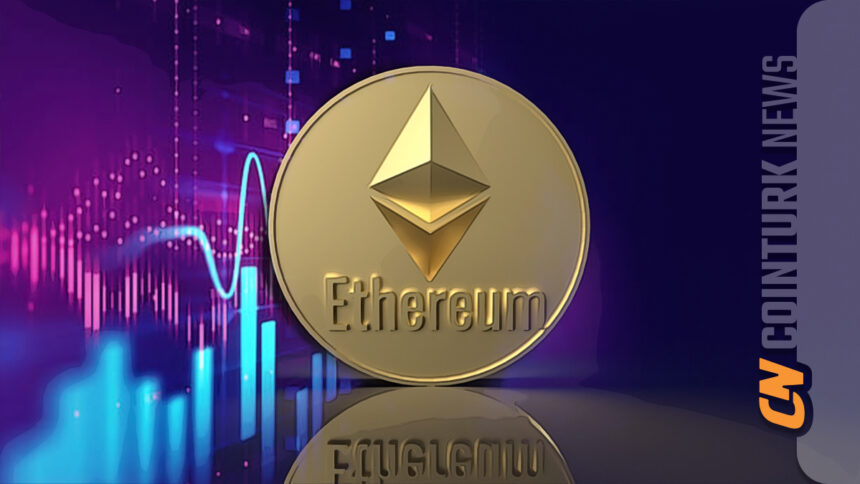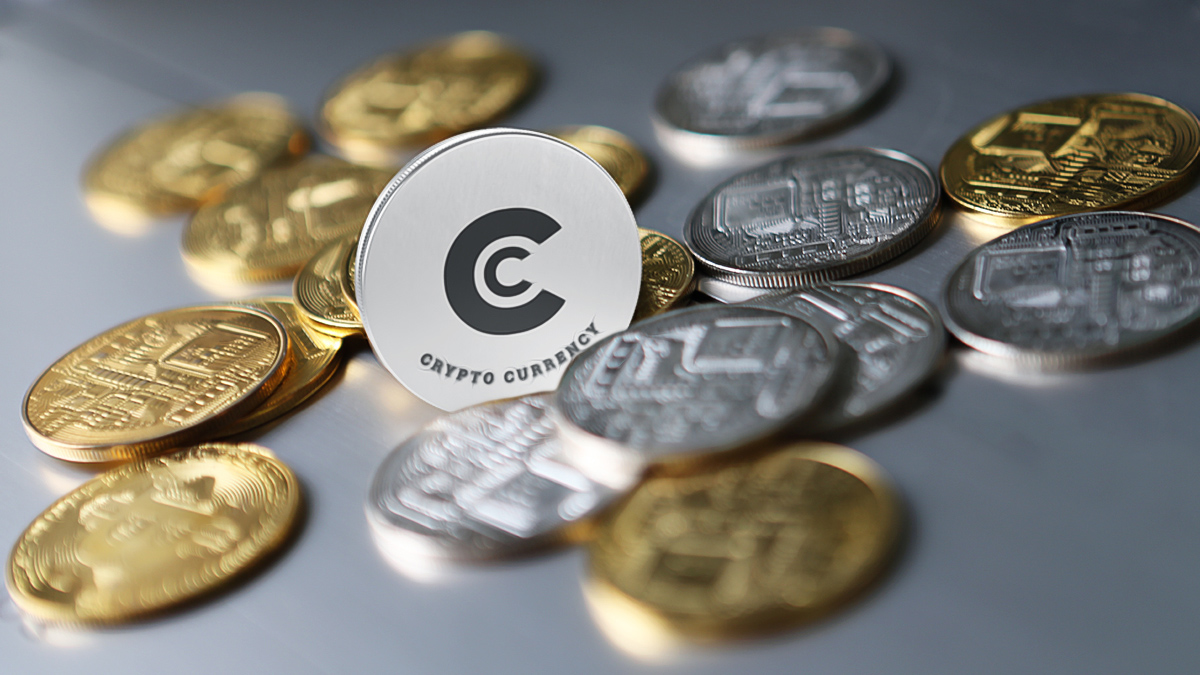Spot Ethereum ETF approval has been granted, but the process is not yet complete. Investors need to know key details. We must address both the process of ETFs starting to trade and the potential risks once they begin trading. Now, let’s take a comprehensive look at what awaits us.
When Will the ETH ETF Start?
They will not start trading on May 24. There is even a risk they might not start trading in the next few weeks. Although the SEC has approved 19B-4 applications for 8 ETFs, the S-1 Form approvals have not yet been received. What does this mean? The ETFs are approved, but the second approval for trading on exchanges is still pending. This means there is still a process ahead of us.
According to a report published by Galaxy Digital, the listing process on exchanges might only be completed in July or August. There are some risks here. Crypto Traders Are Rushing to This App – Here’s Why You Should Too
- S-1 Form adjustments are still not finished.
- For ETH, which is more complex than Bitcoin, the SEC might make additional requests.
- One of the key issues is the Wells Notice steps taken regarding the Ethereum ecosystem. The Ethereum Foundation was asked about the relationship between the companies and foundations on the network. Lawsuit notices were sent to the company behind MetaMask and the largest DeFi platform on the network, Uniswap. The price of the ETF traded on the exchange could be affected by these lawsuit processes and their outcomes. The SEC might not want to throw investors into such volatility. If we see a step back in these lawsuits, the process might speed up.
Things to Watch After Listing
For a while, we have been talking about the possibility that the ETHE trust issued by Grayscale might share a similar fate with GBTC. There are $11 billion in assets here, and a significant portion of investors made serious negative premium purchases of the ETHE Trust. This means that after the b listing, high-profit investors might quickly convert to cash. If the $11 billion reserve causes daily outflows of hundreds of millions of dollars and other ETFs do not see an inflow of at least $1 more than the total outflow, things could get complicated.

Popular on-chain analyst Anıl wrote the following on his social media account:
“Grayscale has 2.9 million Ethereum (ETHE), which currently equals $11 billion.
We might see the same pressure here as we saw with GBTC for a while. The process we experienced with GBTC sales gives us an idea. Other companies might be expected to absorb these sales as buyers. Just as GBTC sales were absorbed by large companies like Blackrock, Fidelity, and others. When GBTC sales started, Bitcoin’s price rose from 40K to 70K, and the same could happen for Ethereum. Shortly after, sales might positively impact the price due to buyers.
The management fee on the GBTC side was the highest, which increased the sales pressure. If the management fee on the ETHE side is also the highest in case of approval, we can say the process will be similar.”


 Türkçe
Türkçe Español
Español









